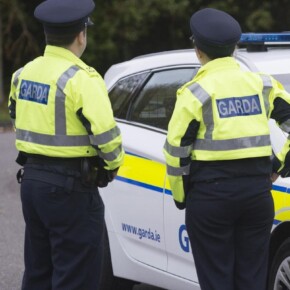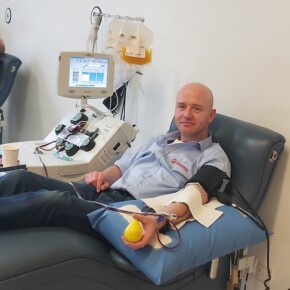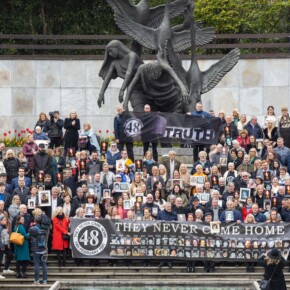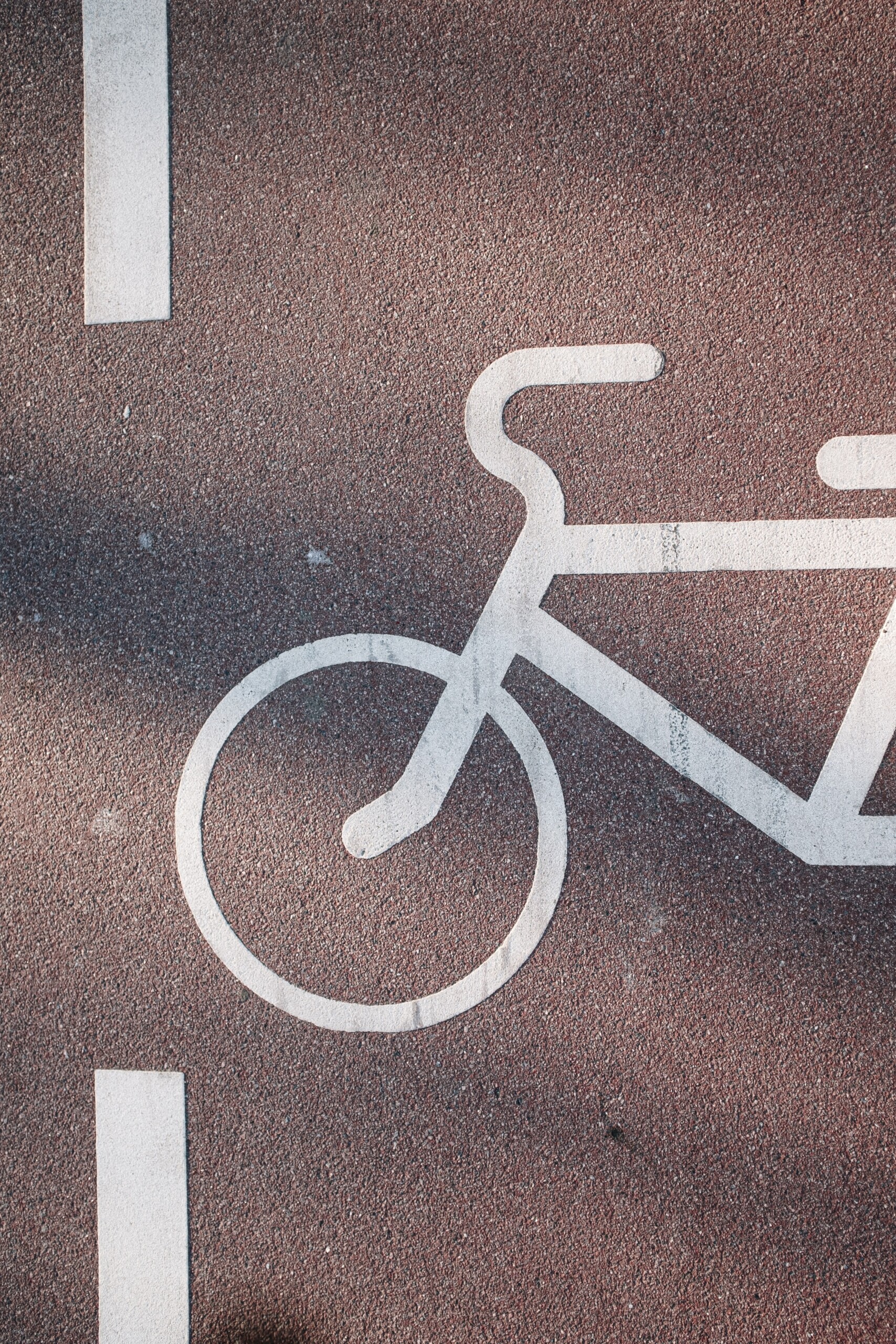Plaque unveiled at Clonturk Park, venue for the All-Ireland Hurling & Football Finals 1890-1892, 1894
Padraig Conlon 26 Mar 2024
A Northside park which was one of the earlier venues for All Ireland finals has received a plaque in recognition as a site of national sporting significance.
Clonturk Park in Drumcondra was the venue for the All-Ireland finals in both hurling and football for 1890, 1891, 1892, and 1894 has honored with a Dublin City Council commemorative plaque, unveiled by Lord Mayor of Dublin Daithí De Róiste.
The matches included landmark occasions such as Cork’s first All Ireland championship in hurling and Dublin’s first in football, the first football final between Dublin and Kerry, the only win by a Kerry team in the hurling championship.
The 1893 final was transferred to the Phoenix Park because the grass at Clonturk had not been cut for the occasion.
After Clonturk Park’s era as the preferred GAA venue in the city came to an end, the All Ireland final of 1895 was the first to be played on Mr Butterly’s amusement grounds on Jones’s Road, the venue now better known as Croke Park.

Uachtarán Chumann Lúthchleas Gael Jarlath Burns, second from left, with the immediate past president Larry McCarthy, left, Roger Ryan, President, The Rockies, John Norberg, who had his grandfather on the 1894 team, Frank Murphy, retired Cork County Secretary, Pat Horgan, Chairman, Cork County Board, at the official unveiling of a plaque by Dublin City Council and the GAA at Clonturk Park in Drumcondra
Speaking at the unveiling of the commemorative plaque last Saturday (23rd), Lord Mayor of Dublin Daithí De Róiste said: “Clonturk Park is a site of national sporting significance and it is also a crucial part of the Dublin GAA success story.
“Gaelic games in Dublin predate the formation of the GAA itself in 1884.
“The presence of Dublin teams in Clonturk were part of a Dublin revival. And while it was common for Dublin teams of this time to be comprised of many country players working in the city, the success of Dublin teams fed the expansion of the GAA in the city and later the new suburbs that rose up in the early decades of independence.
“I wish to commend the GAA with more than 90 clubs in Dublin today.
“This presence owes much to the inspiration that can be traced back to the players at Clonturk Park.”
GAA President Jarlath Burns said: “In this the 140th anniversary of the foundation of the GAA it is wonderful to see this plaque at Clonturk Park being unveiled and with it the chance to remember and acknowledge the important contribution made by the players and officials who kept our games alive during this period and ensured they could grow and prosper.
“Our thanks to Dublin City Council and local residents for their support.
“It is good to know that the warriors who played out their own epic contests here for All-Ireland honours will be celebrated once more.”
The decision to erect the plaque was made by the Dublin City Council Commemorations & Naming Committee following an application from the GAA History & Commemorations Committee for a plaque commemorating Clonturk Park as an historic GAA venue.
The plaque has been placed on the wall of the pavilion of Drumcondra F.C. in Clonturk Park.
Councillor Vincent Jackson, Committee Chairperson said, “The Commemorative Plaques Scheme allows the City to formally commemorate people who have made a significant contribution to the life of Dublin.
“We welcome suggestions from the public for people and events to be commemorated and full details are on the Council website.”
Since 2014, the City Council has erected 59 plaques, commemorating the women and men of 1916; commemorating artists and musicians, and commemorating people who have played a part, in their own way, in making Dublin the city it is today.











